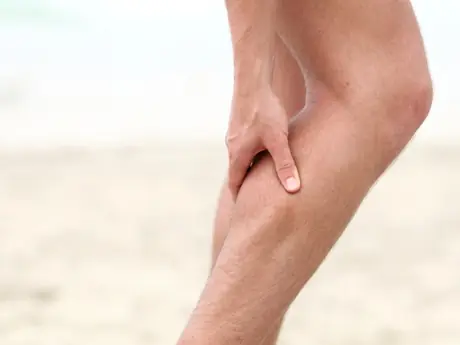Taper Duration
The goal of tapering is to recover from prior training without compromising your previous training adaptations. In other words, you want to decrease fatigue without losing fitness. Unfortunately, research has not clearly established the time frame separating the benefits of a successful taper from the negative consequences of insufficient training, leaving most athletes and coaches to take a trial-and-error approach. Studies on tapering in runners have only used one-week tapers and have not examined the taper's effects on long-distance running performance.
More: 8 Ways to Improve Distance-Running Performance
Typically, the longer the race, the longer the taper. The exact duration of your taper will vary depending on your prior training load, your level of fatigue and your genetically-predetermined ability to retain your training effects while reducing the training stimulus (or, how quickly you lose fitness).
If you tend to fall out of shape fast, you don't want a long taper. Positive physiological adaptations and performance gains have been found using tapers lasting 6 to 7 days in university-aged runners, 4 to 14 days in cyclists and triathletes, and 10 days in strength-trained athletes. Masters runners (over age 40) who take longer to recover from hard training may need to taper for longer than one week.
Taper Volume and Intensity
You can reduce your weekly running volume dramatically during the taper as long as you keep the intensity high. For example, one study found that middle-distance runners significantly improved treadmill time to fatigue at 1500-meter race pace and increased blood volume, aerobic enzyme activity and muscle glycogen concentration when using a one-week, low volume/high-intensity taper (85 percent reduction in volume and 5 x 500 meters at 800-meter race pace with 6 to 7 minutes recovery, decreasing by 1 rep each day for 5 days), but not when using either a moderate-volume/low-intensity taper (10 kilometres at 60 percent VO2 max, decreasing by 2K each day for 5 days), or a taper with no running at all.
More: How to Maximize VO2 Max Training
Other studies have also found that a large reduction in volume accompanied by an increase or maintenance in intensity improves training-induced adaptations.
Using a mathematical modeling approach, scientists discovered that training volume should be reduced in a progressive (linear or exponential) manner rather than by a single-step reduction. Overload training prior to the taper would result in a better performance post-taper than if overload training did not precede the taper. The researchers concluded that the best performance would be achieved with a 39 percent reduction in training load for 28 days. If overload training does not precede the taper, the best performance would be achieved with a smaller reduction of training for a shorter period (31 percent reduction for 19 days).
Another study using both mathematical and experimental approaches also found that an exponential taper was better than a step-reduction taper, and that a fast exponential taper was better than a slow exponential taper. In other words, reducing your training quickly and exponentially is better than reducing it slowly and in a single step.
More: Run Your Best Race: The Art of Peaking
Practical Applications
You can probably expect to improve your racing performance by reducing your weekly mileage exponentially for 1 to 2 weeks (2 to 4 weeks for the marathon) and including interval training (if you've already been doing so pre-taper) to maintain training intensity. As you get closer to your race, also reduce the volume of intensity by reducing the number of intervals in each session.
Research has shown that reductions in training volume up to 60 to 90 percent can improve performance; however, the research is limited to much shorter races that are not as endurance-dependent as the marathon. Given the length of the marathon, and thus its large dependence on aerobic capacity, I wouldn't recommend decreasing mileage by as much as 90 percent.
- 2
- of
- 3
About the Author
Jason R. Karp, Ph.D.

Get ACTIVE on the Go


Couch to 5K®
The best way to get new runners off the couch and across the finish line of their first 5K.
Available for iOS | Android






Discuss This Article